Minimalism Stories You Should Read in Your Lifetime

Autumn is a great time to expand your artistic horizons and interests, whether it’s arts, movies, theatrical performances, classical music, or jazz. We think one of the easiest and convenient things to do by ourselves every fall is to read. In Japan, there is a saying, “Autumn is the season for reading.” We considered it to be the best season for deepening our knowledge. We will introduce you to recommended Japanese pieces of literature which will enhance your life. While the most recognizable Japanese author is Haruki Murakami, a younger generation of writers is making its mark. In recent years, many contemporary Japanese works of literature have been translated into various languages. You might be familiar with these: A Man by Keiichirō Hirano, Breasts and Eggs by Mieko Kawakami, and Convenience Store Woman by Sayaka Murata to name a few of the authors.
Furthermore, our top picks in Japanese literature this year are classic stories. They include books that have been widely popular in our country for many years, such as A Classic Essay on Samurai Ethics, Bushido: The Soul of Japan by Inazō Nitobe(1862 –1933), which defines the attitude and behavior of a samurai. Japanese Tales of Mystery & Imagination by Edogawa Rampo(1894 – 1965). Rampo is one of Japan’s most essential mystery writers. We have some reasons why reading the classics are most popular. The first is to intimately understand the ways of the past so that we can cultivate our abilities to judge and make decisions. The second is to develop ourselves by understanding the lives of great people. We would encourage you who are studying Japanese to enjoy the literature in the Japanese original version as well. You will gain a much deeper understanding of aspects of the culture.
Hojoki: Visions of a Torn World by Kamo no Chōmei (Published 1212)

Japan’s capital city of Kyoto was devastated by earthquakes, storms, and fire in the late 12th century. Retreating from “this unkind world,” the poet and Buddhist priest Kamo-no-Chomei left the capital for the forested mountains, where he eventually constructed his famous “ten-foot-square” hut. From this solitary vantage point, Chomei produced Hojoki, an extraordinary literary work that describes all he has seen of human misery and his new life of simple chores, walks, and acts of kindness. Yet in the end, he questions his sanity and the integrity of his purpose. Has he perhaps grown too attached to his detachment? The medieval Japanese reaction to natural disasters and catastrophes is similar to our response to the crisis of covid-19. Even though Hojoki was written in the 12th century, we find its message to be remarkably relevant and timeless even today.
About the author: Kamo no Chōmei, he was born in Kyoto in 1153 or 1155 to 1216. He was a Japanese author, poet, and essayist. This hermit Japanese Wiseman explored the interior space of his ten-foot hut.
Reality depends upon your mind alone. If your mind is not at peace what use are riches?
Quote from Hojoki: Visions of a Torn World.
Essays in Idleness by Yoshida Kenkô (Published between 1330 and 1332)
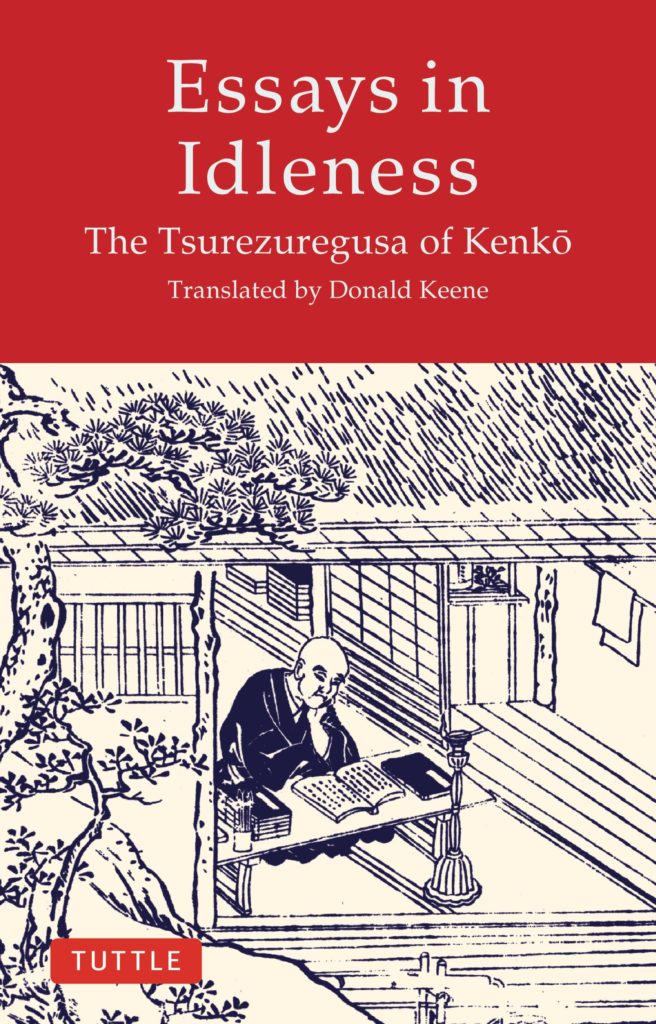
His Essays in Idleness is a collection of his thoughts on his inner world and the world of Japanese life in the fourteenth century. He touched on topics as diverse as the benefits of the simple life (“There is indeed none but the complete hermit who leads a desirable life”), solitude (“I am happiest when I have nothing to distract me and I am completely alone”), lust (“What a weakly thing is this heart of ours”), the impermanence of this world (“Truly the beauty of life is its uncertainty”), and reading (“To sit alone in the lamplight with a book spread out before you, and hold intimate converse with men of unseen generations–such is a pleasure beyond compare”). Insisting on the uncertainty of this world, Kenkō asks that we waste no time in following the way of Buddha.
About the author: Yoshida Kenkō, he was a poet and Buddhist monk, born in 1283 to 1352. Born into a Shinto family, he worked as an imperial courtier and was also a celebrated poet. At age 41 he became a Zen Buddhist monk.
Only a boring man will always want things to match; real quality lies in irregularity―another excellent remark.
To sit alone in the lamplight with a book spread out before you and hold intimate converse with men of unseen generations – such is pleasure beyond compare.
Quote from Essays in Idleness.
Legends of Tono by Kunio Yanagida (Published 1910)
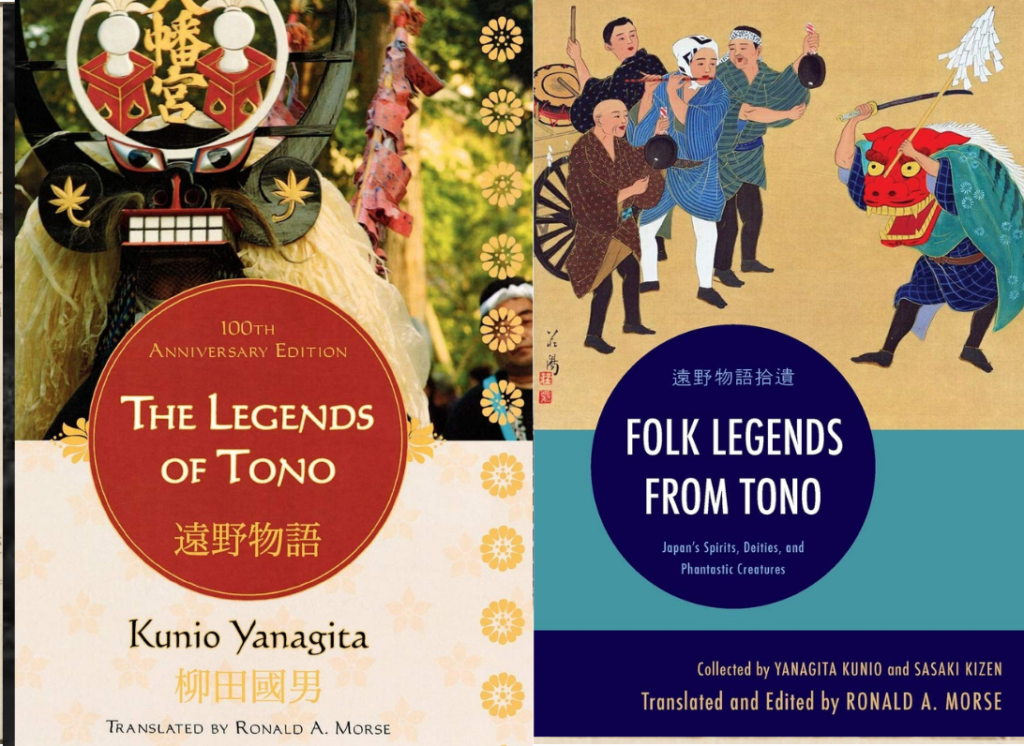
Yanagita is best remembered as the founder of Japanese folklore studies, who is most renowned for writing Tales of Tono (Tono Monogatari) which celebrates and archives legends of folk legends in the village of Tono, Iwate prefecture. The region is considered the “Last Frontier of Japan”. These stories were recorded the rapid modernization in Japan which led to the loss of traditional culture. For Yanagida, travel was a way to discover the Japanese ordinary people so-called “natives”. His books are great at understanding Japanese working–class folk history and lore. If you have already read Legends of Tono, we also recommend, The Yanagita Kunio Guide To The Japanese Folk Tale, and Japanese Folk Tales: A Regional Selection. The life of an ordinary farmer, hunter, and life of women who lives in a small community, enjoying village life, and more elements, these stories truly capture the essence of the Japanese custom and history.
About the author: Yanagida Kunio, he was one of the fathers of Japanese native folkloristics – academic folklore studies, born in Hyogo from 1875 to 1962. He was appointed as a bureaucrat for the Ministry of Agriculture and Commerce of Japan. His work took him all over Japan often, and his keen interest in local traditions, stories, and customs always kept him on his toes.
The hidden reality is far more profound than the world we see in our imaginations.
Quote from Legends of Tono.
Rashōmon by Ryūnosuke Akutagawa (Published 1915)
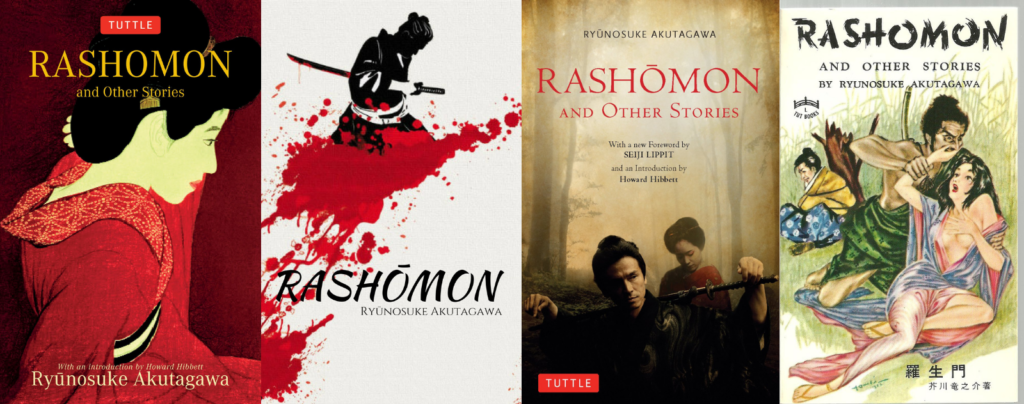
Rashomon tells the chilling story of the killing of a samurai through the testimony of witnesses, including the spirit of the murdered man. Widely acknowledged as “the father of the Japanese short story,” Akutagawa remains one of the most influential Japanese writers of all time. Rashomon and Other Stories, a collection of his most celebrated work, resonates as strongly today as when it was first published a century ago. Another Akutagawa masterpiece is Kappa. It speaks about one man’s journey to Kappaland which is a way of criticizing human life in Japan. The island is a means of examining, in a hilarious way, the moral imperfections of early 20th century Japanese society. It is a fable – a moral lesson, a comedy, and brilliant sarcasm.
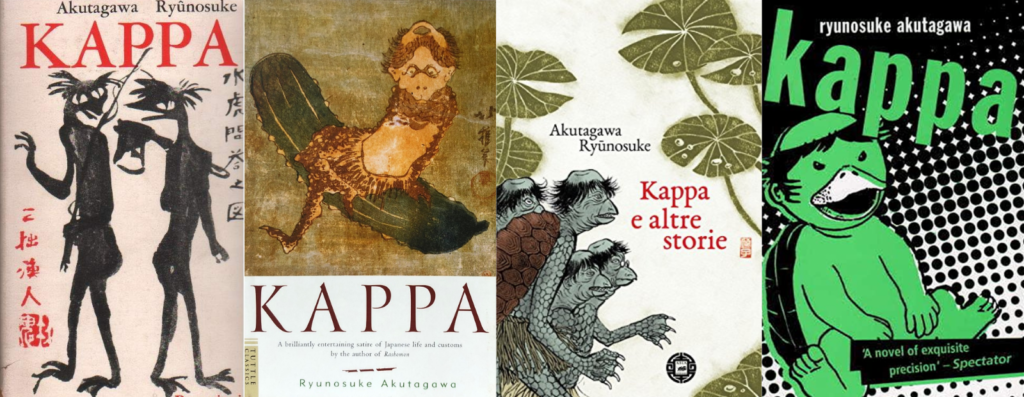
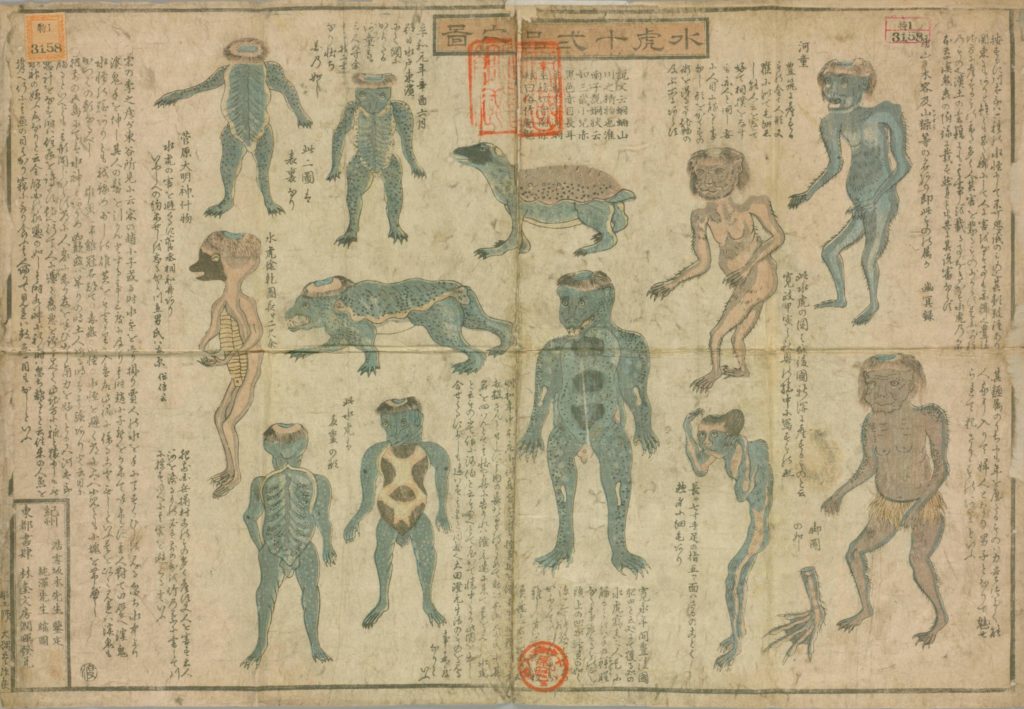
Above image, Illustrated Guide to 12 Types of Kappa, Kappa drawings from mid-19th century. ©Japan National Diet Library.
About the author: Ryūnosuke Akutagawa was born in 1892 to 1927 in the Kyōbashi district in Tokyo. Seven months after his birth, his mother went insane, and he was adopted by the mother’s older brother, taking the Akutagawa family name. Despite the shadow this experience cast over Akutagawa’s life, he benefited from the traditional literary atmosphere of his uncle’s home, located in what had been the “downtown” section of Edo. At school Akutagawa was an outstanding student, excelling in the Chinese classics. At the University he majored in English literature. He was known as the “father of the Japanese short story” and Japan’s literary award, the Akutagawa Prize, is named after him. He committed suicide by overdose of barbiturates at the age of 35 additionally suffering from insomnia and fear of the unknown. Akutagawa was one of the first prewar Japanese writers to achieve a wide foreign readership, One reason is that two of his stories became the basis of the award-winning movie Rashomon by famed director Akira Kurosawa. The other one is Portrait of Hell (1969) Directed by Shiro Toyoda.
A man sometimes devotes his life to a desire which he is not sure will ever be fulfilled. Those who laugh at this folly are, after all, no more than mere spectators of life.
Quote from Rashōmon.
Night of the Milky railroad by Kenji Miyazawa (Published 1934)
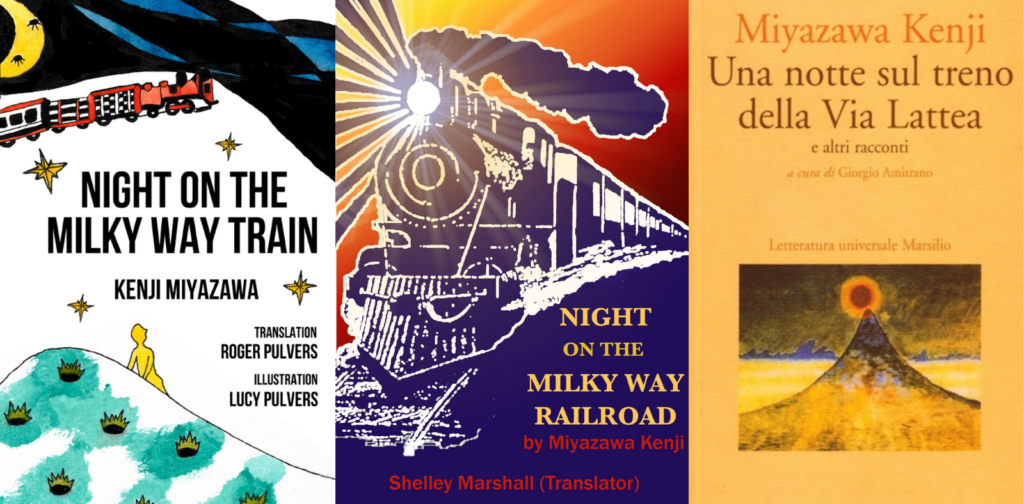
One of Miyazawa’s best-known works is the novel Night on the Galactic Railroad. Giovanni, the protagonist, has a sick mother, an absentee father and is bullied in school. Along with his friend Campanella, he boards a magical train that soars into the depths of the Milky Way on its way to heaven. Along the journey they stop at the five million-year-old Pliocene Coast, birdwatch in the fantastic Swan Zone, cross over Connecticut and Lancashire and encounter the dead of the sunken Titanic. The story is perhaps best-known for its haunting and tragic ending, when Campanella is found to have drowned in a river, and Giovanni is left alone.
In the story, some character said “No one knows what true happiness is, least of all me.” that Miyazawa asked himself in his life. No matter how many times we reread it, we are always amazed at the richness of his work. This novel was adapted into anime in the late twentieth century, as were many of his short stories. Much of his poetry is still popular in Japan today, such as The Restaurant Of Many Orders, Matasaburo of the Wind and Gauche the Cellist.
About the author: Kenji Miyazawa was born in 1896 to 1933 in Iwate. In high school, he studied Zen Buddhism and developed a lifelong devotion to the Lotus Sutra, a major influence on his writing. After graduating from an agricultural college, he moved to Tokyo to begin his writing career but had to return home to care for a sick sister. He remained in his home in Iwate for the rest of his life.
We must embrace pain and burn it as fuel for our journey.
Quote from Night of the Milky railroad.
For two years Covid forced us to persevere and re-examine our identity and purpose in life. It has presented new personal crises and challenges which individuals must endure and overcome. Nevertheless, classical literature reminds us that people in the past also lived through disasters and went through tough times. All of the stories that we picked makes us think about what do we truly want to do with our lives and how to go about accomplishing this.

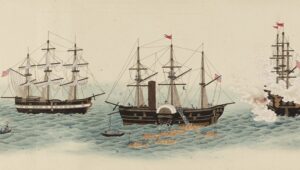
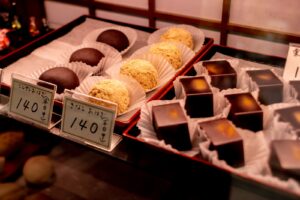




 Instagram
Instagram